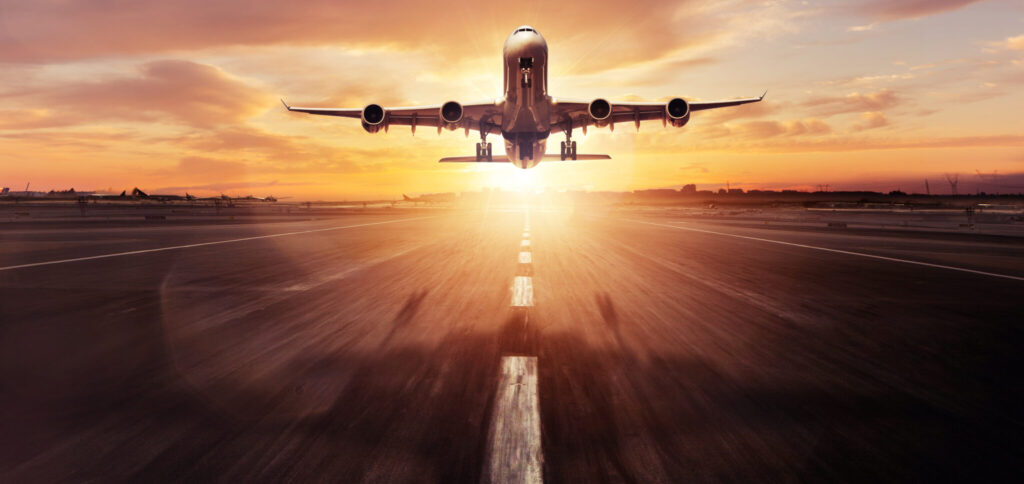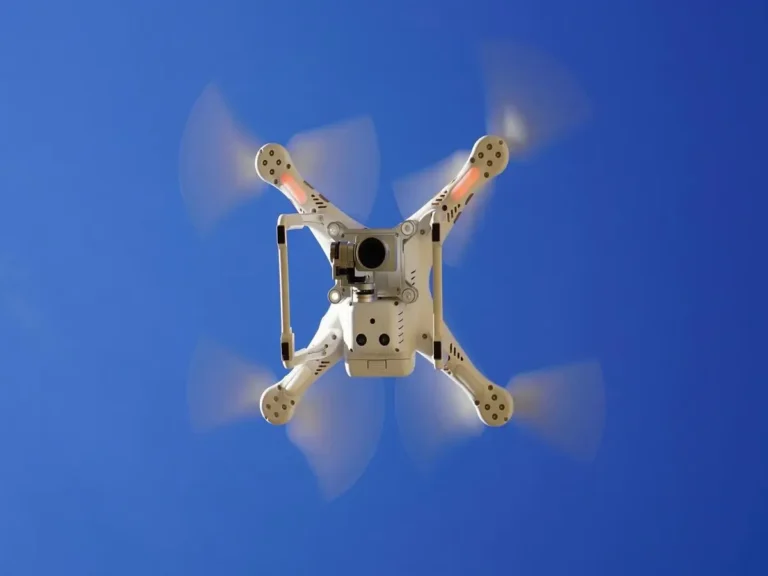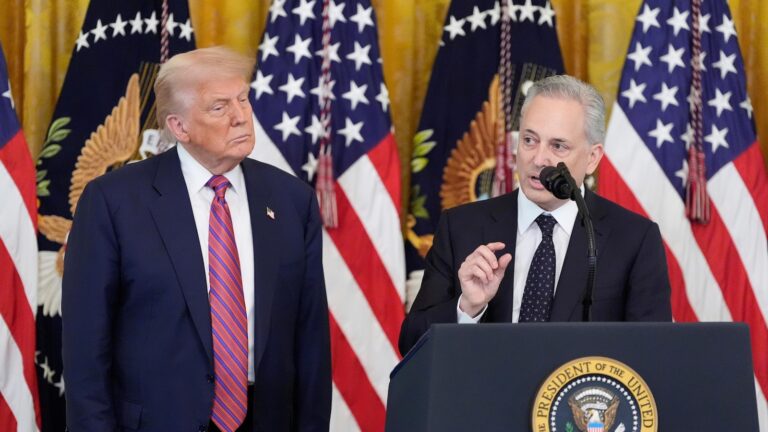
LAS VEGAS – In a stark warning to aviation technologists and policymakers, veteran air safety investigator Greg Feith cautioned against overrelying on automation, emphasizing that human pilots remain critical to aviation safety.
Speaking at the 2025 AIAA AVIATION Forum, Feith, a former senior investigator with the National Transportation Safety Board (NTSB), urged the aviation industry to continue to value human intervention in flight operations at a time when adoption of automation is growing across general and commercial aviation systems.
“Technology is a tool, not a replacement,” Feith told attendees. “You cannot delegate pilot-in-command authority to automation.”
Drawing from 46 years flying and investigating aviation accidents, Feith highlighted multiple scenarios where human decision making proved crucial, including the famous “Miracle on the Hudson” emergency landing.
“Take Sullenberger and Jeff Skiles out of the cockpit,” Feith said. “An autonomous system would have tried to return to a piece of pavement. It doesn’t have the capability to understand that the best landing site might be a river.”
Feith’s remarks come at a critical time when advanced air mobility (AAM) and artificial intelligence (AI) are rapidly advancing. He acknowledged technology’s benefits while consistently emphasizing its limitations.
Automation Increases, Not Simplifies the Pilot’s Workload
The safety expert warned that while modern aircraft are equipped with sophisticated systems, pilots must remain actively engaged. “Automation increases workload instead of reducing it,” he explained. “There’s so much information being presented that pilots can become overwhelmed … You’ve got terrain, you’ve got weather, you’ve got autopilot, you’ve got collision avoidance.”
He noted that many advances designed to decrease a pilot’s workload actually increase it. “What I’m seeing, especially in the general aviation ranks, is selective filtering,” he said.
Addressing the growing interest in pilotless aircraft, Feith was unequivocal: “I won’t be on one of those airplanes.” He cited numerous scenarios requiring human judgment, such as assessing mid-flight structural damage or managing unexpected emergencies.
Turbulence and extreme weather conditions represent another area where human intervention remains essential. Feith noted that while aircraft are designed to withstand severe turbulence, pilots must make split-second decisions that automated systems might miss.
“A human can make spontaneous decisions faster than a computer,” Feith argued. “We have more synapses firing, can absorb more information, and react more quickly.”
The Dangers of Relying Too Much on Automation
Feith’s message extends beyond pilots to maintenance professionals, mechanics, and technology developers. He warns that even maintenance of aircraft could become over-automated, potentially introducing new risks.
“We have automation that builds cars and everything else,” Feith noted. “But who programs that machine? A human. Who fixes the machine? A human. We can’t lose sight of human intervention.”
For policymakers and technology enthusiasts pushing autonomous solutions, Feith offers a critical perspective: technological innovation must complement human skills, not replace them entirely.
As the aviation industry continues to evolve, technology should enhance safety, but human judgment, experience, and decision making are irreplaceable. The human element remains aviation’s one of the most critical safety features.





